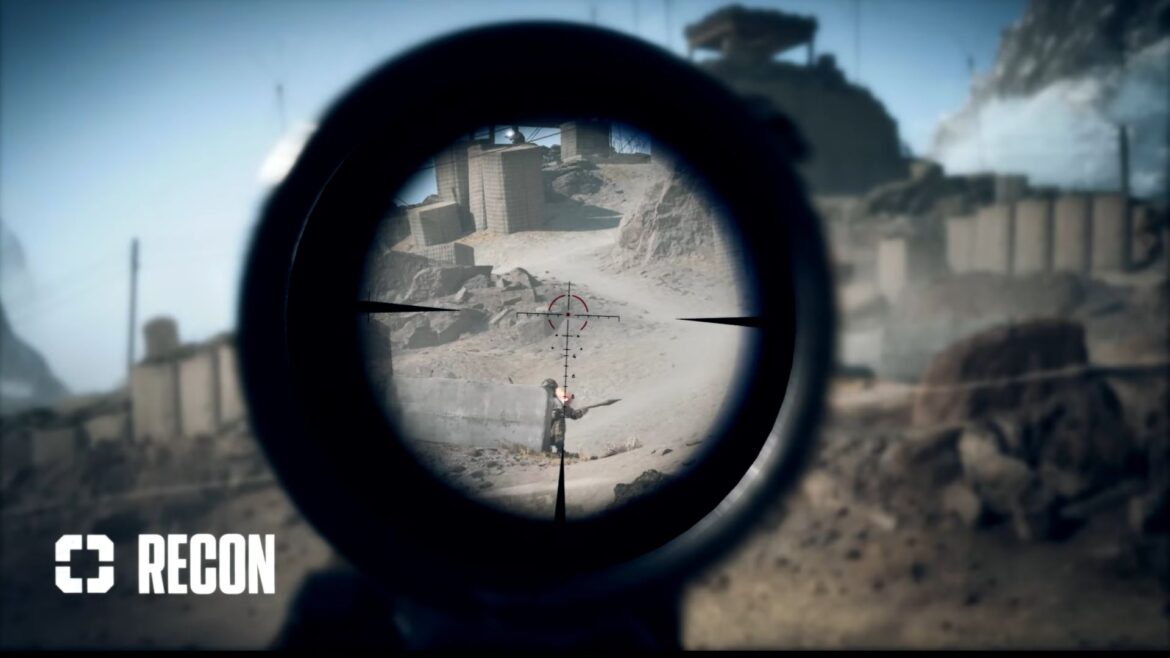Despite the PC system requirements of Battlefield 6, the game doesn’t actually have ludicrous demands, nor is the game punishing enough to force you to upgrade your system. As one gamer set out to prove, you can still have a good time with it, even with two of the lowest-end GPUs on the market right now.
The cards in question are from both the green team and red team, and the cards in question are the GeForce GTX 1650 and Radeon RX 570. The 4GB GTX 1650 launched back in 2019, while the 4GB RX 570 debuted earlier in 2017.


Now, as you can imagine, there are some caveats to running Battlefield 6 with even the most bare minimum of GPUs. The official hardware requirements point out the native resolution for the game, without upscaling involved. For that matter, the minimum CPU requirement is important here, with EA demanding at least an 8th Gen Intel Core i5 or second-gen AMD Ryzen 5 CPU.
YouTuber RandomGaminginHD, in this case, is testing both the GTX 1650 and RX 570 using a beefier 12th Gen Intel Core i5-12400F, well above the mininum requirement. Starting off with the NVIDIA Pascal-era entry level card, they recommend playing Battlefield 6 at the lowest setting at Full HD, and with a fixed 60% resolution scale without using TAA.


He doesn’t recommend using AMD’s FSR here, given the degradation in experience when you use it over the in-game upscaler. Also, using TAA at this resolution results in the overall visuals looking quite blurry. In using these settings, however, he shows that the card is able to run at an acceptable 73 fps average.
As for their testing with the RX 570, RandomGaminginHD and in this video, we see him actually running the game using AMD’s FSR at Ultra Performance. The end result is a Battlefield 6 experience with very inconsistent average frames, and at most times, they were getting above 60 fps.
They also turned on Frame Generation on the RX 570 and upon doing so, the average frames jumped to just above the 100 fps average, albeit at the cost of the visuals looking grainy and less appealing. Ultimately, it’s a trade-off we’re looking at here, but one that is necessitated by the nature of these archaic GPUs.

